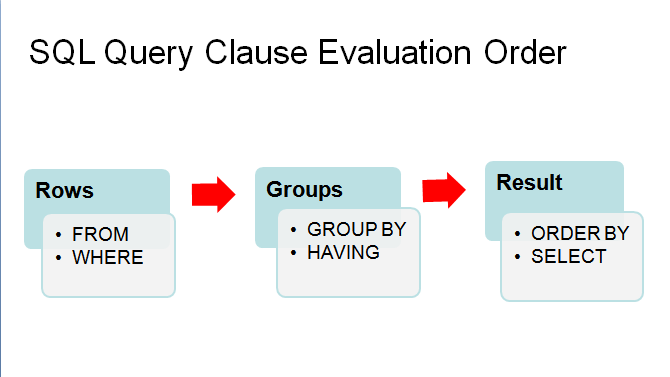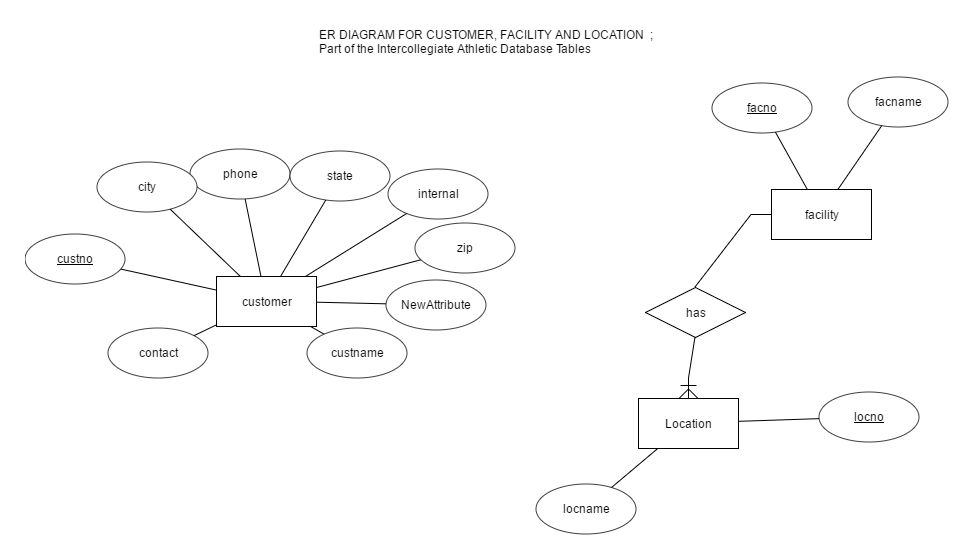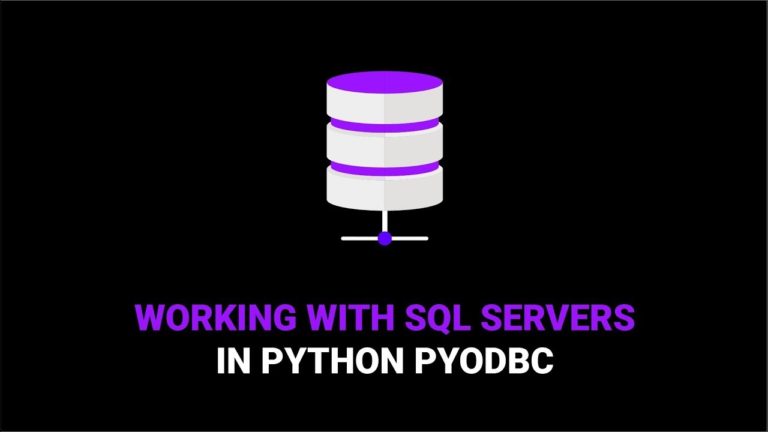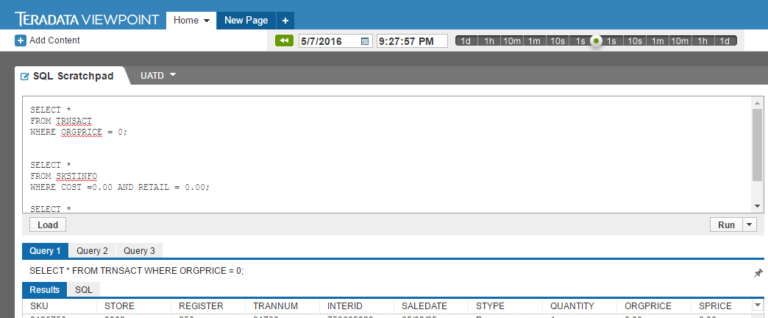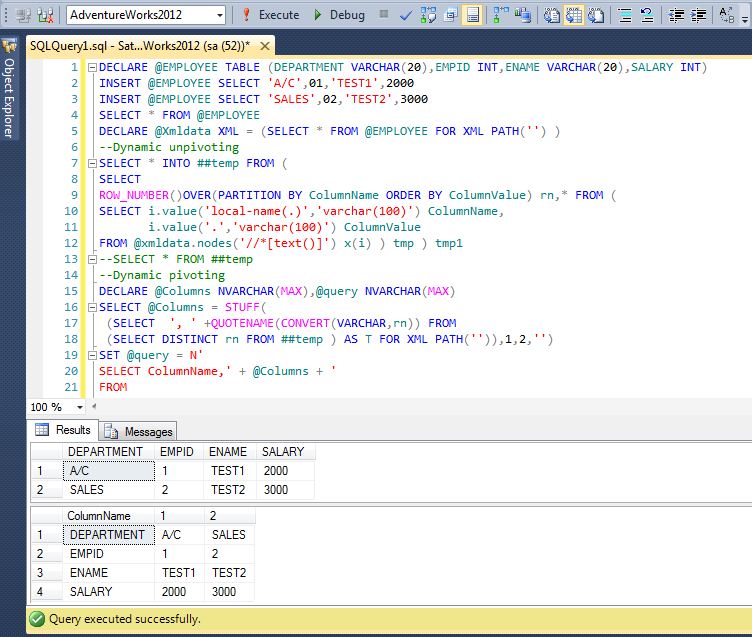In this short article, we look at a sample ERD Diagram which is designed using ER-Assistant software (usage of this software is covered here: How To Use ER Assistant) after we have finished with the Conceptual Modeling.
Hence in the first place, we have to gather some Data requirements. This involves business logic and requirements, in this case, our Drop Shipping business model.
We will deduce our entities and attributes from the gathered data and find out how these entities relate to each other and play a part in our overall business.
All these form part of our Conceptual Model aspect.
In identifying Entities, we will look for NOUNS. Nouns are all first treated as attributes UNLESS there are more details mentioned about the NOUN in which case the noun-attribute will now be converted to an ENTITY.
Eg. Product will be first treated as an attribute of Supplier Entity until we get more details about the Product such as Product price, Quantity, SKU, Product Name, Product Description etc
In our Drop Shipping model we will identify the following ENTITIES
- Amazon ( one of the marketplaces where will sell our products)
- eBay ( one of the marketplaces where will sell our products)
- Employee
- Linnworks (An Order Management System we will use retrieve and sync our orders with eBay and Amazon)
- PaymentSystems
- Phone
- Product
- RegistrationDetails
- Supplier
The following list shows the relationship among these entities and their cardinalities
- PRODUCT —> SUPPLIER
- Product is sold by only one supplier
- Supplier can sell one or more products
2.PRODUCT —> EMPLOYEE
- Product can be listed by only one employee
- Employee can list none or more products
3.PRODUCT —> EBAY
- Ebay account can have zero or more products
- Product can be present on an ebay account or none
4.PRODUCT —> AMAZON
- Ebay account can have zero or more products
- Product can be present on an AMAZON account or none
5.PRODUCT —> LINNWORKS
- Linnworks can have zero or more products
- none or more products can be in Linnworks
- SUPPLIER —> REGDETAILS
- Supplier can have only one registration details
- Registration details can be used to register on zero or more suppliers
- (SAME AS PHONE)
- EBAY —> REGDETAILS
- EBAY account can have only one registration detail
- Same Registration details can be used to register on 1 or more ebay accounts
- (SAME AS PHONE)
- AMAZON —> REGDETAILS
- AMAZON account can have only one registration detail
- Same Registration details can be used to register on 1 or more ebay accounts
- (SAME AS PHONE)
- SUPPLIER —> PAYMENTSYS
- Supplier can have ONE or more payment systems
- Payment system can be used on no supplier or more suppliers
- EBAY —> PAYMENTSYS
- EBAY can have ONE or more payment systems
- Payment system can be used on no EBAY or more EBAY ACCOUNTS
- AMAZON —> PAYMENTSYS
- AMAZON can have ONE or more payment systems
- Payment system can be used on no AMAZON or more EBAY ACCOUNTS
- EMPLOYEE —> AMAZON
- AMAZON manages zero or more Amazon accounts
- Amazon account is managed by one or more employees
- EMPLOYEE —> EBAY
- EBAY manages zero or more Amazon accounts
- EBAY account is managed by one or more employees
- EMPLOYEE —> SUPPLIER
- SUPPLIER manages zero or more Amazon accounts
- SUPPLIER account is managed by one or more employees
14.ORDER —> PRODUCT
- order can have 1 more products
- product can be present in order multiple times or or not
- ORDER —> EMPLOYEE
- Order can be handled by none or more employees
- Employee can handle no or more orders
The ER Assistant was used to design and establish the relationship in the ERD.
Note that Conceptual Modeling and ERD Transformation are iterative processes which means we need to be re-gathering more business logics and more data to solve any ambiguities which first existed and also to refine our model to capture all relevant business concepts.
A Resulting ERD sample from our Drops Shipping model is as below:
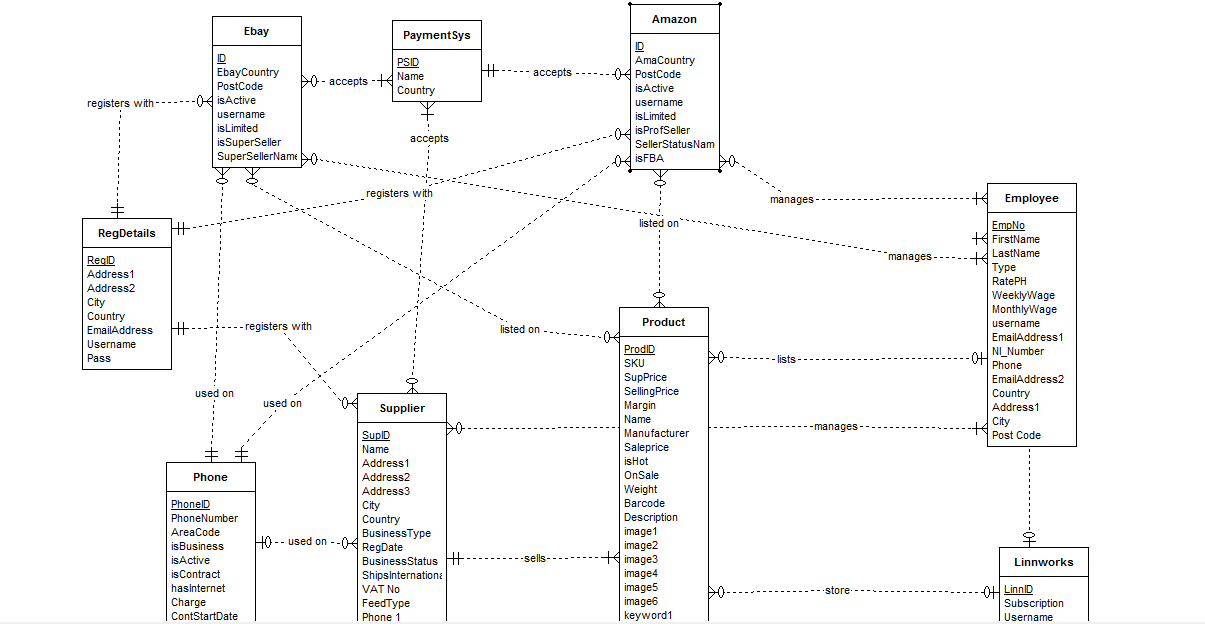
Summary:
In this short guide, we learnt
- Overview of initial phase of ER Diagram which is Data requirement gathering and basics of Conceptual Modeling
- Simple basics of identifying entities
- A tool you can use to draw your ER Diagrams
- A sample ER Diagram depicting a simple Drop Shipping Model

